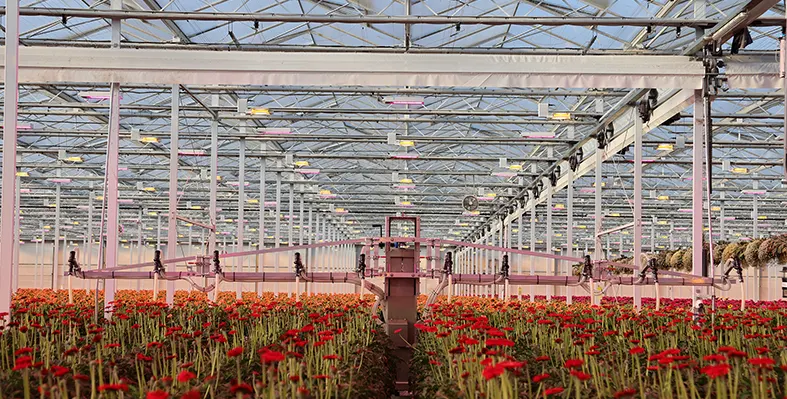Unitree Robotics, known for creating user-friendly and affordable robots, is now bringing its technology to farming.
As rural areas face a shortage of younger workers and an ageing labour force, many tech companies are turning to robotics and digital solutions to modernise agriculture. In line with this, Unitree has teamed up with a top agricultural research institution to explore how robots can support smarter, more efficient farming practices.
Traditionally, farmers have relied on their experience to judge the health and condition of crops. But modern robotics, powered by AI vision and edge computing, can now carry out these tasks more accurately and efficiently. These technologies also make farming more accessible for younger generations, who can become "robot managers" and take on farming roles without needing years of experience.
Unitree’s consumer-grade quadruped robot, Go2, is leading this change. Priced from just US$1,600, Go2 is affordable and well-suited to agriculture, thanks to its strong performance, adaptability, and ability to work in tough conditions. Farming environments pose unique challenges, such as varying lighting and ever-changing crop shapes, which demand advanced sensing and recognition abilities.
To meet these needs, Go2 has been equipped with a specialised camera and agricultural sensors that track the growth of seedlings in real time. It uses a custom AI vision model tailored for farming. This AI, supported by edge computing, allows the robot to analyse and identify plant conditions on the spot. The data collected is then sent to a central system, which uses agricultural big data to suggest specific farming strategies based on the crop’s growth stage.
This integrated setup, from the robot in the field to the cloud-based platform, helps reduce the physical burden on farmers. At the same time, it offers researchers detailed and frequent field data, helping to speed up scientific progress in agriculture.
As one industry observer noted, “civilian-grade robots, through deeper integration into agricultural environments, are opening up broader application prospects for advanced legged robotics.”
Unitree continues to develop high-quality legged and humanoid robots for the public. With practical tools like Go2, the company is helping to replace hard, repetitive, and risky work with smart automation-making farming more efficient and improving the overall quality of life.








